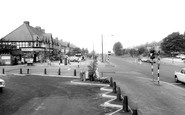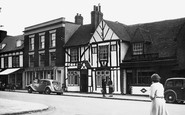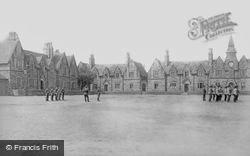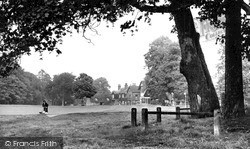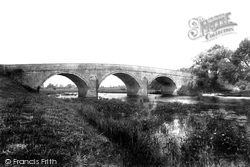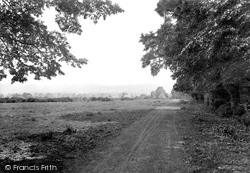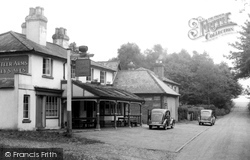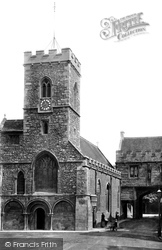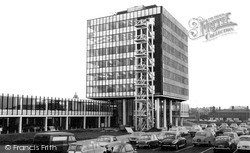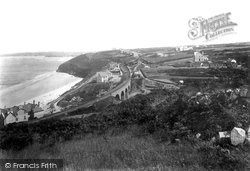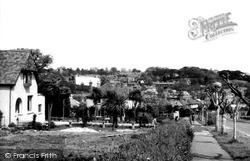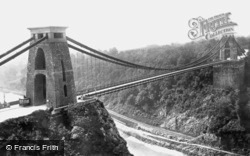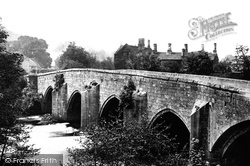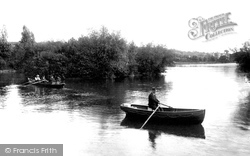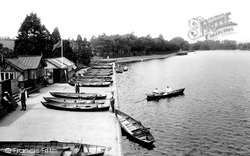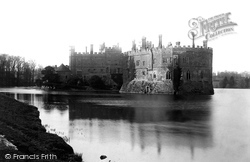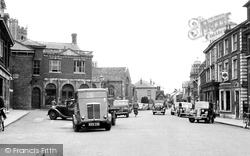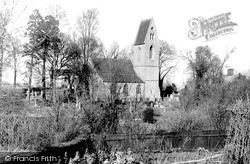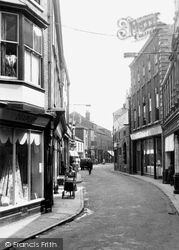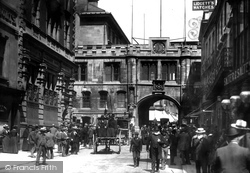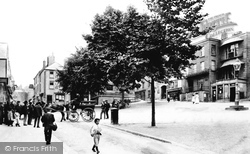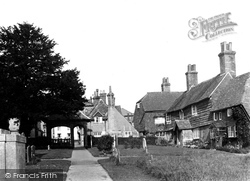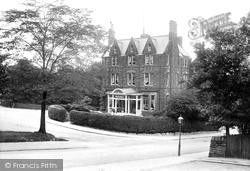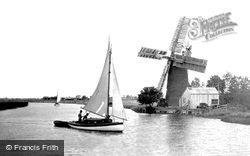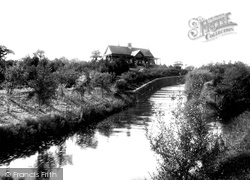Places
Sorry, no places were found that related to your search.
Photos
5 photos found. Showing results 861 to 5.
Maps
83 maps found.
Books
Sorry, no books were found that related to your search.
Memories
1,127 memories found. Showing results 431 to 440.
Post Office
We moved to nearby Kingshurst and the Post Office on the corner of Hurst Lane was the nearest for collecting the much needed Family Allowance. It was a good walk as the buses were not very frequent. When I was newly married 13 ...Read more
A memory of Castle Bromwich in 1956 by
Portmanmoor Road Memories .
My nan used to own the florists at 28 Portmanmoor Rd - Mrs. Cox . Next door Mrs.White had a shoe shop . Her son was Tony White . Further on down Portmanmoor Rd was Canns - a hardware shop . Opposite was Edna Stones fruit and ...Read more
A memory of Splott by
Portman Gardens
My dad Len Murphy ( Lenard ) lived in Portman gardens Burnt Oak with his 3 sisters Grace , Ruth , Pat & a brother Michael. Between 40s up until 50s anybody Remember him or his sisters ? My grandad was a bit of a drinker ...Read more
A memory of Burnt Oak by
Police Houses
I used to live with my aunt and uncle at 10 the Crescent from 1948 to 1954. It was a fantastic life there with woods to play in, and streams to divert. An absolute paradise. As young children we could play all day in the woods in ...Read more
A memory of Hindlip in 1948 by
Plaster Old Style
We plastered Lodge Gate cottages, Fielix Hall . Knobles of Ongar was the builder, a large arch spaned the road running between the cottages. My dad ran it with another plasterer, Wally Gennings from Mountnessing. We also did ...Read more
A memory of Billericay in 1930
Pitch Place House
Hi, does anyone have any photos or info on the very grand, old, large manor house in Worplesdon, in the 1920's era or earlier? I believe it was the home of Lord and Lady Dewvine (not sure that is the correct spelling). My ...Read more
A memory of Worplesdon in 1920 by
Pit Row
I remember my aunt Bett and uncle Jack Young who lived in Loyd St. The front of house was were you came through the arch under railway line. Bett used to run a little shop out of the scullery at the back. They later worked at the ...Read more
A memory of Lemington in 1950 by
Pilgrims Hatch/Childhood.
I was born in London in 1937 and moved to Days Lane, Pilgrims Hatch in that year,so all my childhood years were spent around the Pilgrims Hatch area. Dad was always sharp of the mark and a couple of steps ahead so ...Read more
A memory of Brentwood in 1940 by
Pictures Of The Suspension Bridge And Clifton College
I was recently given a copy of your delightful book - 'Around Bristol'. I was born just outside Bristol - my parents and brothers survived being bombed in their house in Clifton (I have some ...Read more
A memory of Clifton by
Philip Ladds Nursary
Albert Cant was my maternal grandfather. Other members of my family associated with the company were my father, Sidney Ladds and my aunt, Jo Ladds. My father ceased his association well before closure but my aunt continued ...Read more
A memory of Swanley in 1950
Captions
1,233 captions found. Showing results 1,033 to 1,056.
It was said that the dragoons left town in as much haste as did the Mayoress.
The village sits three miles west of the Tunbridge Wells on the East Grinstead road, which is much busier today than when this picture was taken some 50 years ago.
Canford Bridge has three arches of Portland stone over a languid length of the River Stour, and carries the road from Wimborne to Poole.
The actual battle took place below the escarpment in the much flatter area between Radway and Kineton.
The pub dates from about 1840, and used to have a later elaborate arched canopy, now long gone. The pub is now called the Villagers.
Once the sixth wealthiest of England's medieval monasteries, it was dissolved by Henry VIII in 1538, and much of its stonework was carried by river to London.
When the route was first laid out it was deemed unlikely that there would ever be much expansion here and it was known locally as 'David Lewis's Folly' after the Councillor who decided on it.
The scenic St Ives branch railway follows the coast, with a four-arched viaduct crossing the little valley behind the beach; the station platform is just beyond.
The bypass on the south side of town was opened in 1926; it was much needed to relieve the narrow streets of both local china clay and through traffic.
By coincidence, a young engineer by the name of Isambard Kingdom Brunel had been staying in Clifton for his health, spending much of his time sketching in the Gorge.
This fine five-arched bridge over the River Derwent at Rowsley has carried traffic for nearly four hundred years.
It's quite possible that the attendant pictured here is the much-loved 'Sammy the Boatman'.
With smartly-dressed attendants very much in evidence we may be viewing an early morning scene as the boats are lined up and ready but there are few paying customers.
In the 19th century much reconstruction had taken place. By 1926 its owner, the Honourable Mrs Wilson-Fulmer (Lady Baillie) had begun a 30 year restoration project.
As a result of the expansion of the town since 1959 due to London overspill, much of the center was redeveloped.
Although much eroded by weather, the cross is adorned by an interlaced rope pattern and various sculptures, including a horse and its rider.
On the left is now either cleared or a car park, and the road is much wider. Here the river Trent is the boundary between Lincolnshire and Nottinghamshire.
Indeed, in 1924 the bank liked the style so much it demolished the building on the far left and added a further bay in the same style. Later the Midland Bank, it is now the HSBC.
Beaufort Square is very much the hub of Chepstow.
The vicar could not afford to keep the cottages, and the Church Commissioners sanctioned their sale to the then tenants, much to the annoyance of a local entrepreneur, who wanted to demolish
The Common is much appreciated by the local residents.
It was built on the site of Mother Downes' charming thatched cottage in 1870 and was much enlarged twenty years later.
The Broads have been called the pleasure grounds of Norfolk; they are the remains of a huge estuary that once spread over much of the eastern part of the county.
This view, looking along the Roath Brook, does not give much idea of the park's scale. But at a total of 102 acres, the park was a pretty immense area for a day out.
Places (0)
Photos (5)
Memories (1127)
Books (0)
Maps (83)

